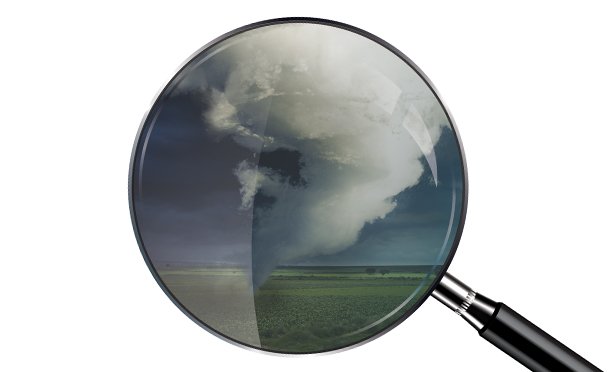 A number of analytical tools are available to help insurers reconstruct weather conditions at a particular location to determine the impact of weather events. (Photo: Shutterstock)
A number of analytical tools are available to help insurers reconstruct weather conditions at a particular location to determine the impact of weather events. (Photo: Shutterstock)
It's no surprise that 2017 was a record-setting year for global insured (and un-insured) losses due to natural disasters, driven in no small part by the costliest hurricane season in U.S. history. Although assessing hurricane-related claims may seem fairly straightforward to those unfamiliar with the process – a building was either hit or it wasn't – meteorologists and experienced claims adjusters know that often isn't the case. This is especially true as one moves farther from the eye of the storm and the most extreme and obvious impacts.
Recommended For You
Want to continue reading?
Become a Free PropertyCasualty360 Digital Reader
Your access to unlimited PropertyCasualty360 content isn’t changing.
Once you are an ALM digital member, you’ll receive:
- Breaking insurance news and analysis, on-site and via our newsletters and custom alerts
- Weekly Insurance Speak podcast featuring exclusive interviews with industry leaders
- Educational webcasts, white papers, and ebooks from industry thought leaders
- Critical converage of the employee benefits and financial advisory markets on our other ALM sites, BenefitsPRO and ThinkAdvisor
Already have an account? Sign In Now
© Touchpoint Markets, All Rights Reserved. Request academic re-use from www.copyright.com. All other uses, submit a request to [email protected]. For more inforrmation visit Asset & Logo Licensing.







